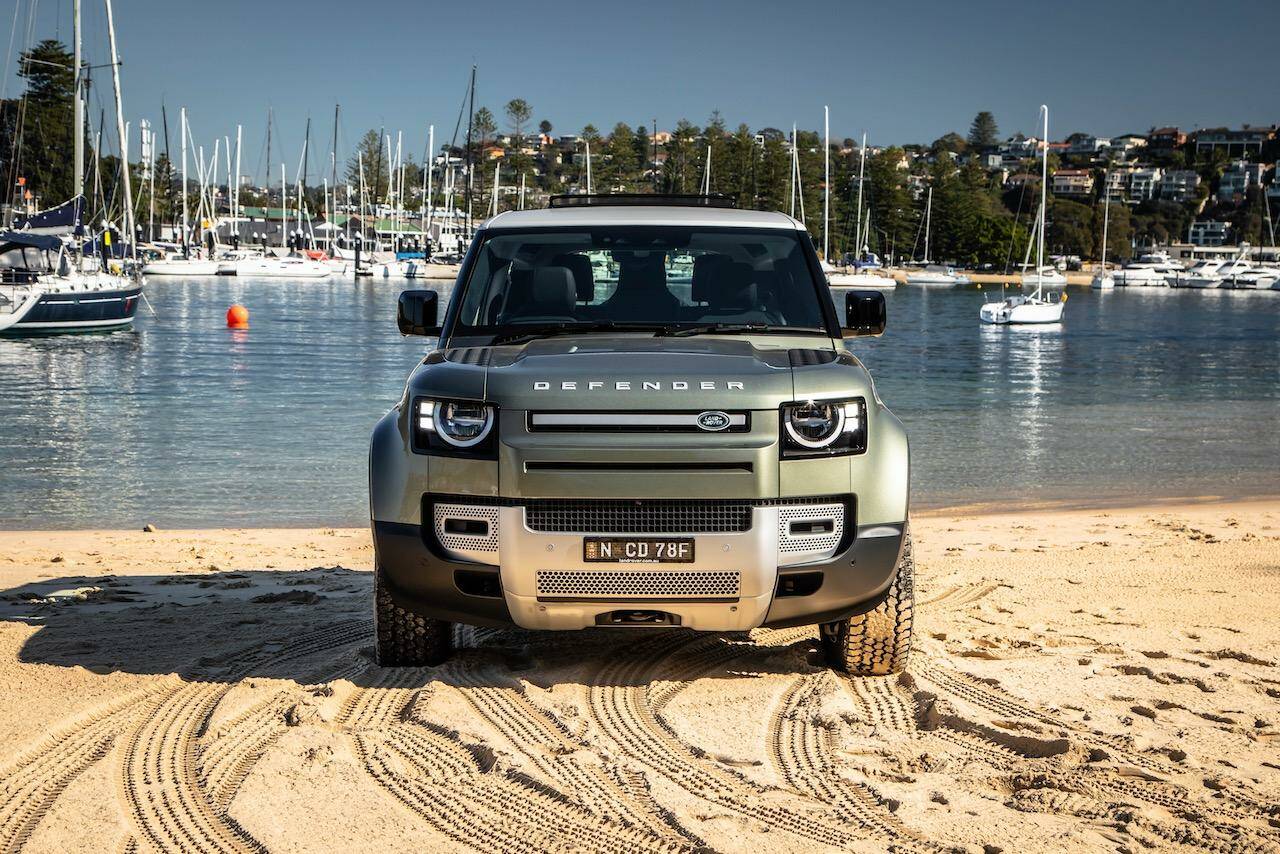Hybrid Mazda slips into Aussie scene

Car makers are usually keen to herald the arrival of new technology.
After all, there’s no point spending big money to debut a hybrid propulsion system in a new and interesting model without telling the world, right?
But that’s precisely what Mazda has done with the new MX-30, a car that has kept a surprisingly low profile up to, and since, its recent Down Under launch.
It’s the company’s first model to offer a mild hybrid, petrol-electric engine, yet at first glance it gives no hint about the clever arrangements going on beneath its bonnet.
There are no “e” badges on the car’s body. No fancy graphics display in the instrument panel, showing when power is being harvested, or when it’s pumped back through the car’s semi-electric channels.
There’s just the regular “SkyActive” badge that appears on all Mazda models.
So what is there to know about the MX-30? For a rather bland-looking hatchback, it carries a big responsibility and represents an important stepping stone to Mazdas of the future.
Very soon, Australia will see its first electric Mazda. And this MX-30 provides the platform.
That perhaps explains why the company has made so little fuss about the hybrid version, released earlier in 2021.
Mazda plans to have three fully-electric models, plus as many as eight hybrids, by 2025, so this is no tentative step. It signals the start of a full plunge into a zero-emissions future.
That also partly explains why the MX-30, in many ways, is a very un-Mazda machine.
For a start, it’s not the best-looking member of Mazda’s handsome range of hatchbacks, SUVs and sedans. Not as sleek as the similarly-named CX30, not as nicely-sculpted as the CX-3 and CX-5 soft-roaders.
The exception is the top-spec Astina model that gets a contrasting roof colour and bigger wheels, which greatly enhance the visuals of the MX-30.
But the car also feels a bit like it’s been put together using leftovers from a spare-parts bin.
For a start there’s the hybrid system – a concept borrowed from Japanese rival Toyota, which has been making them for decades.
Mazda’s mild hybrid is a bit ‘half baked’, storing up small reserves of electric power to give a modest boost to the performance and economy of the main petrol engine. Unlike other hybrids, it has no pure EV mode, nor can it be plugged in.
The interior is another un-Mazda piece of design, using a ‘floating’ centre console, which looks very Volvo, right down to the Scandi design and use of natural and recyclable materials. Those materials include cork on some of the featured surfaces, and recycled fibre in the seats.
Finally there’s the MX-30’s signature design element – the front-opening rear doors, previously used in Mazda’s cultish RX-8 sports car. (They’re also called ‘suicide doors’ for obvious reasons).
But here they’re more about form than function, are small compared to conventional rear doors and don’t deliver any particular advantage. In fact you have to open the front doors to exit the rear seats, which kind of defeats the purpose.
Individually these are curious little pieces of design and technology. But when seen through the electric-car prism, where sustainable materials and funky design are part of the vibe, they start to make sense.
The MX-30 Hybrid is offered in three trim levels: the base Evolve ($33,990); mid-priced Touring (tested here, $36,490) and Astina flagship ($40,900).
All three seem like impressive value, with standard features across the range including 10 airbags, blind-spot monitoring, emergency lane-keeping and emergency stop, radar cruise control with smart braking and traffic sign recognition.
Upgrade to the Touring model, which adds advanced keyless entry, auto-dimming mirrors, 10-way power adjustable driver’s seat and external mirrors with memory function. The flagship Astina adds heated seats, glass sunroof and front parking sensors.
The impressive standard spec is partly because the MX-30 electric pricing is expected to start beyond $50-grand, almost double the price of the entry-level model. That makes the hybrid models look like strong value.
The MX-30’s driving dynamics are sound, even considering that the electric version will be vastly different because of the large, heavy batteries which are part of that design.
In petrol form it’s quite nimble and reasonably responsive, although it’s best to seek the Sport mode on the drive selector for anything vaguely sporty.
The two-litre, four-cylinder engine produces a modest 114kW and 200Nm, delivered smoothly and with relative quiet.
Inside, the innovative design of the centre console opens up vast storage areas for objects large and small, including a unique, multi-level configuration of the centre console cup-holders.
The MX-30 is an easy machine to like, with some unique features, an ultra-modern approach and enough personality to make it feel a step above the ordinary.
The true test will come with the arrival of the electric variant.
The hybrid is good. The electric model, presumably, will be something to shout about.
MAZDA MX-30 TOURING
* HOW BIG? It’s comparable to the sleeker CX-30, smaller than the CX-5, and bigger than a Mazda3. But interior space is a little disappointing.
* HOW FAST? Not particularly. Despite the assistance of the mild hybrid system, it’s adequately quick, but doesn’t embody Mazda’s ‘zoom zoom’ philosophy.
* HOW THIRSTY: The MX-30 delivers a moderate 6.4L/100km, with the hybrid helping reduce its thirst. People looking to save at the petrol pump need only wait for the electric model.
* HOW MUCH? Prices start from $33,990 and range through to $40,900 for the Astina.




